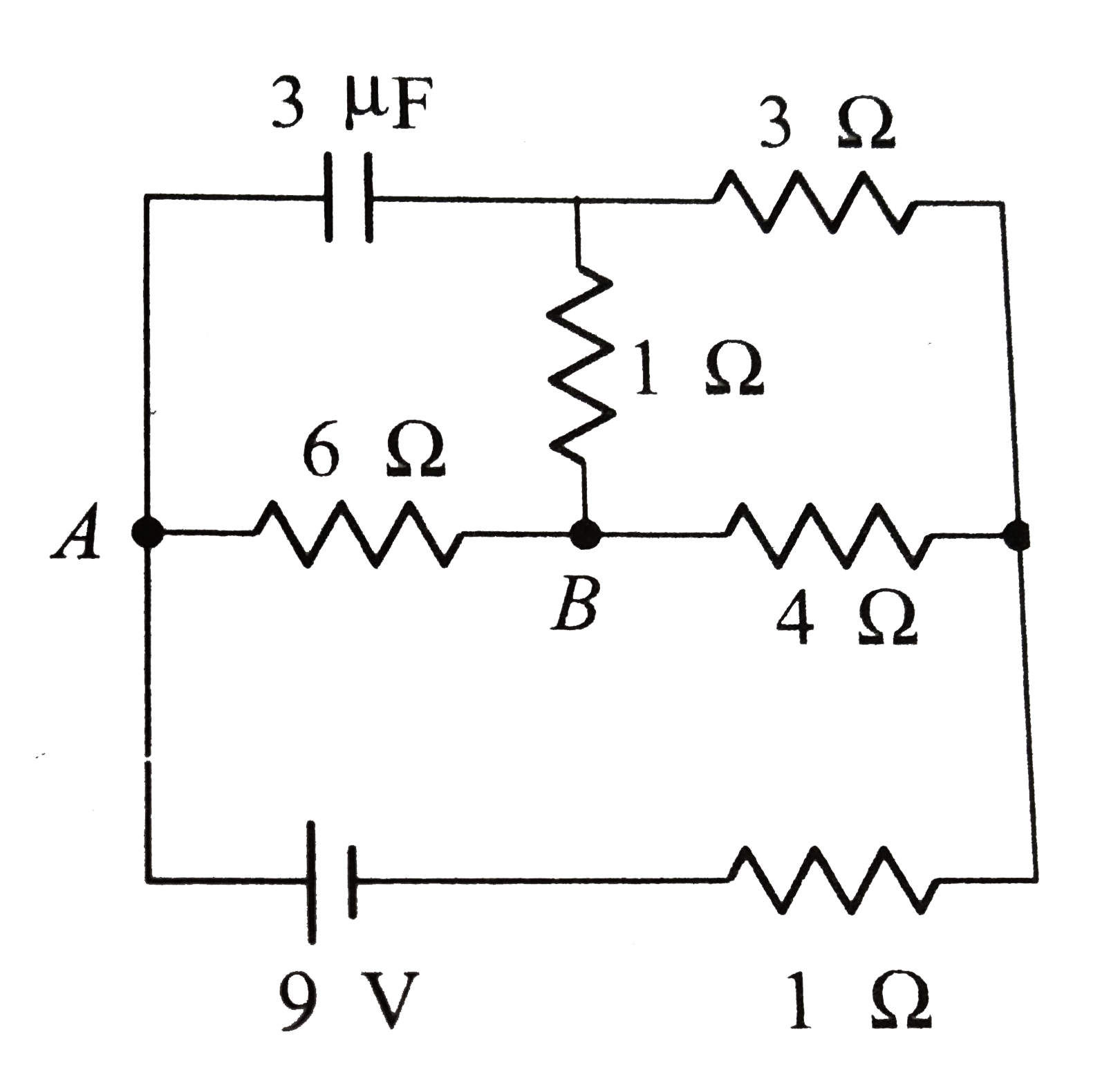In the circuit shown, the potential drop across each capacitor is (assuming the two diodes are ideal)
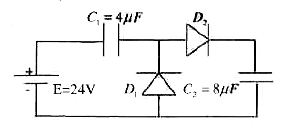
Video Solution
Text Solution
The diode D1 is reverse biased (open circuit), but the diode D2 is forward biased (short circuit).
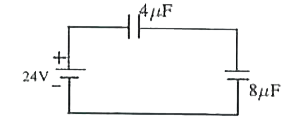
∴ the potential of the battery divides across the two capacitors in the inverse ratio of their capacities.
i.e. V1V2=C2C1=84=21
V1=23E=23×24=16V,V2=13E=13×24=8V
|
Updated on:21/07/2023
Topper's Solved these Questions
- BOOK - AAKASH SERIESCHAPTER - SEMICONDUCTOR DEVICESEXERCISE - EXERCISE - IA54videos
SEMICONDUCTOR DEVICES
- BOOK - AAKASH SERIESCHAPTER - SEMICONDUCTOR DEVICESEXERCISE - EXERCISE - IB7videos
SEMICONDUCTOR DEVICES
- BOOK - AAKASH SERIESCHAPTER - SEMICONDUCTOR DEVICESEXERCISE - PRACTICE EXERCISE (LOGIC GATES )15videos
SEMICONDUCTOR DEVICES
- BOOK - AAKASH SERIESCHAPTER - RAY OPTICSEXERCISE - PROBLEMS ( LEVEL-II)60videos
RAY OPTICS
- BOOK - AAKASH SERIESCHAPTER - UNITS AND MEASUREMENTEXERCISE - PRACTICE EXERCISE45videos
UNITS AND MEASUREMENT
Similar Questions
Knowledge Check
- Question 1 - Select One
In figure , assuming the diodes to be ideal ,
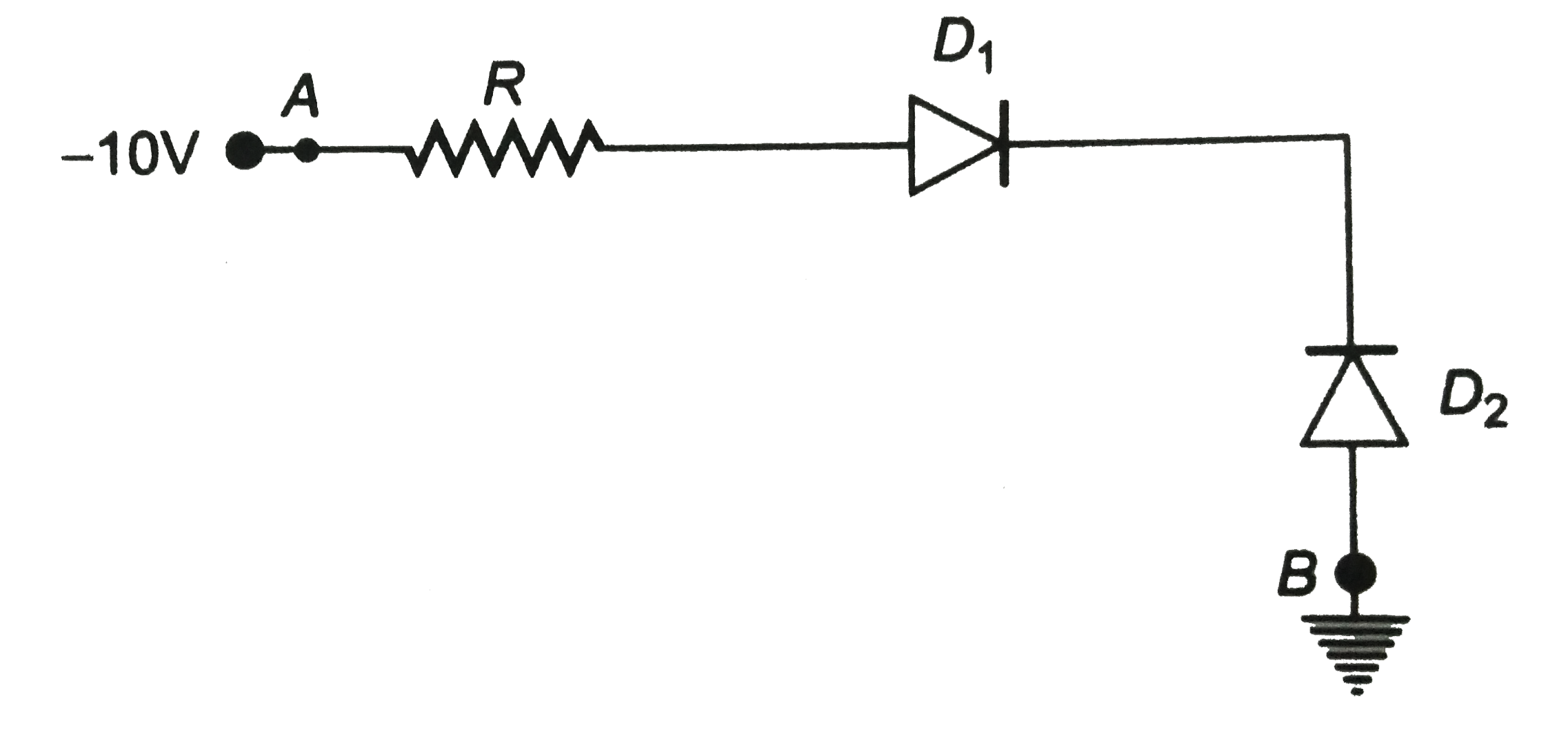 AD1 is forward biased and D2 is reverse biased and hence current flows from A to B.BD2 is forward biased and D1 is reverse biased and hence no current flows from B to A and vice versa.CD1andD2 are both forward biased and hence current flows from A to B.DD1andD2 are both reverse biased and hence no current flows from A to B and vice versa
AD1 is forward biased and D2 is reverse biased and hence current flows from A to B.BD2 is forward biased and D1 is reverse biased and hence no current flows from B to A and vice versa.CD1andD2 are both forward biased and hence current flows from A to B.DD1andD2 are both reverse biased and hence no current flows from A to B and vice versa
In the circuit shown in figure potential difference across
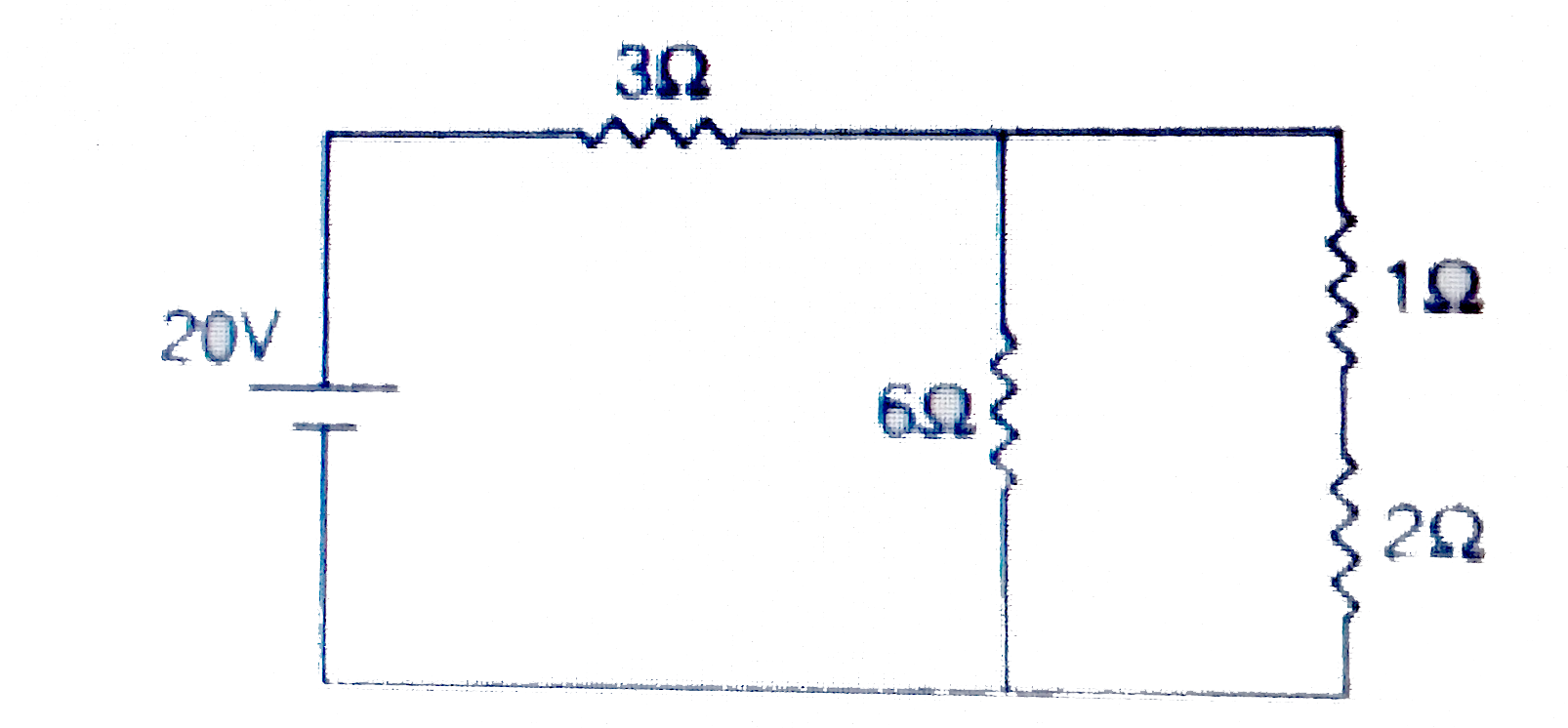 View Solution
View SolutionIn figure , assuming the diodes to be ideal ,
 View Solution
View SolutionIn figure , assuming the diodes to be ideal ,
 View Solution
View SolutionThe potential drop across the 3Ω resistor is
 View Solution
View SolutionIn figure, assuming the diodes to be ideal,
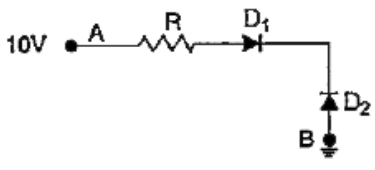 View Solution
View SolutionIn the given circuit, with steady current, the potential drop across the capacitor must be
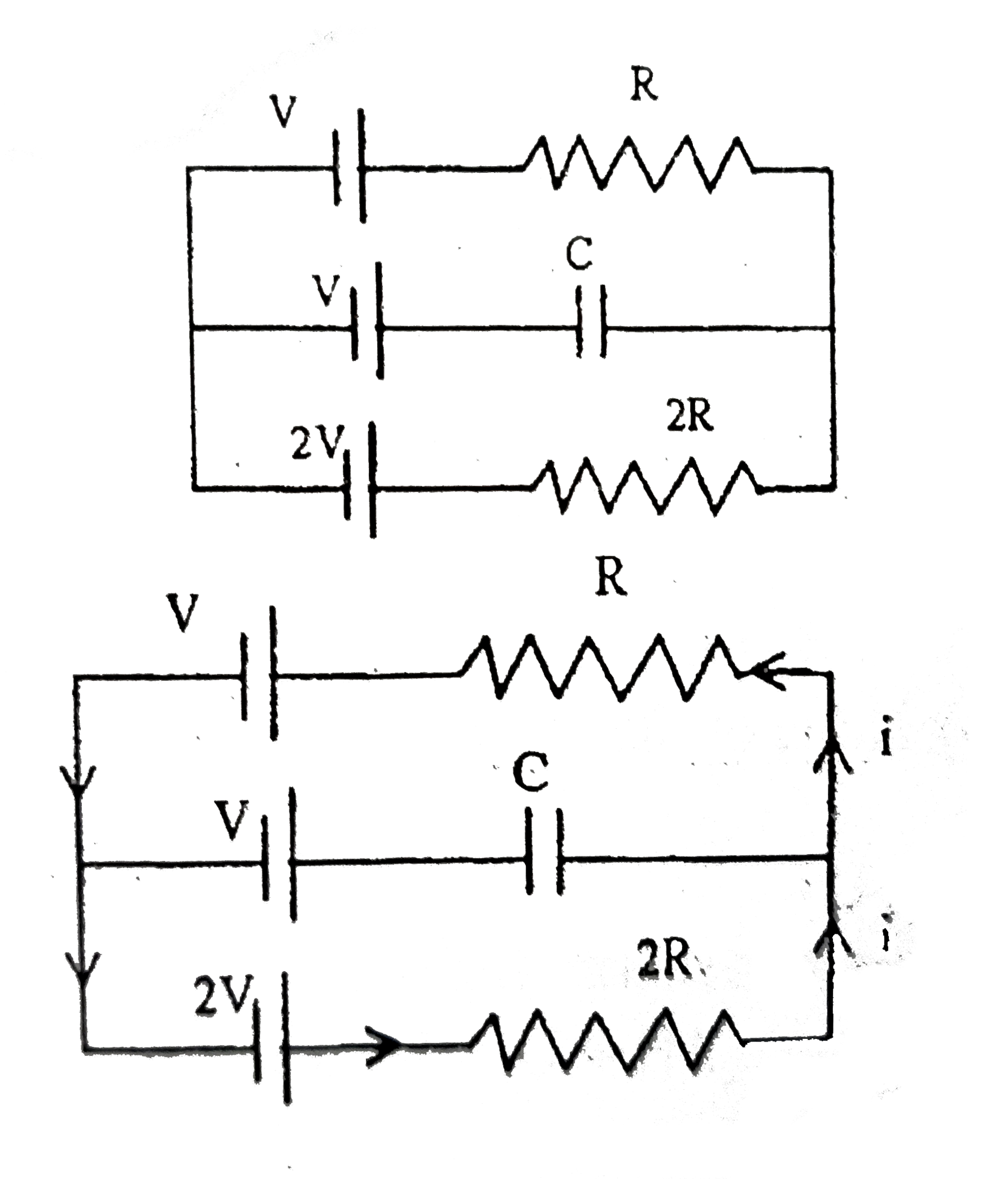 View Solution
View SolutionIn the given circuit, with steady current, the potential drop across the capacitor must be
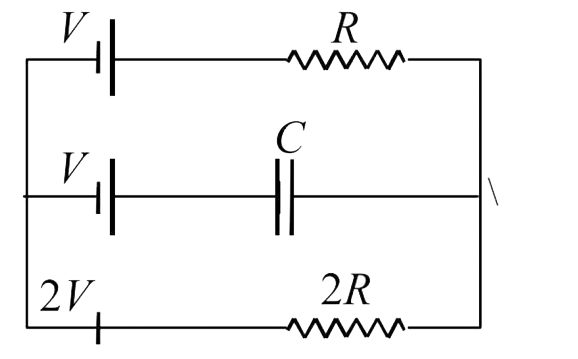 View Solution
View Solution



